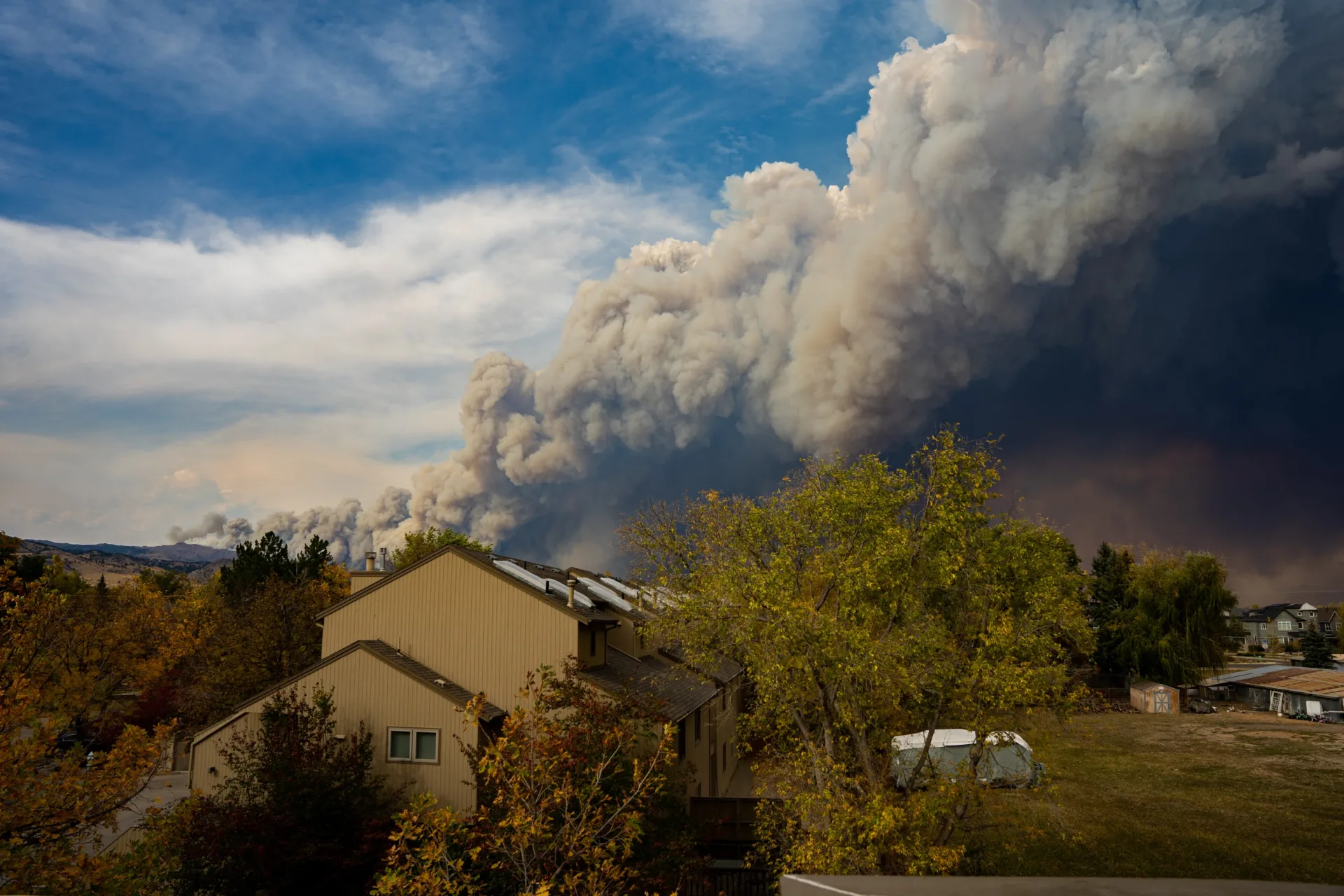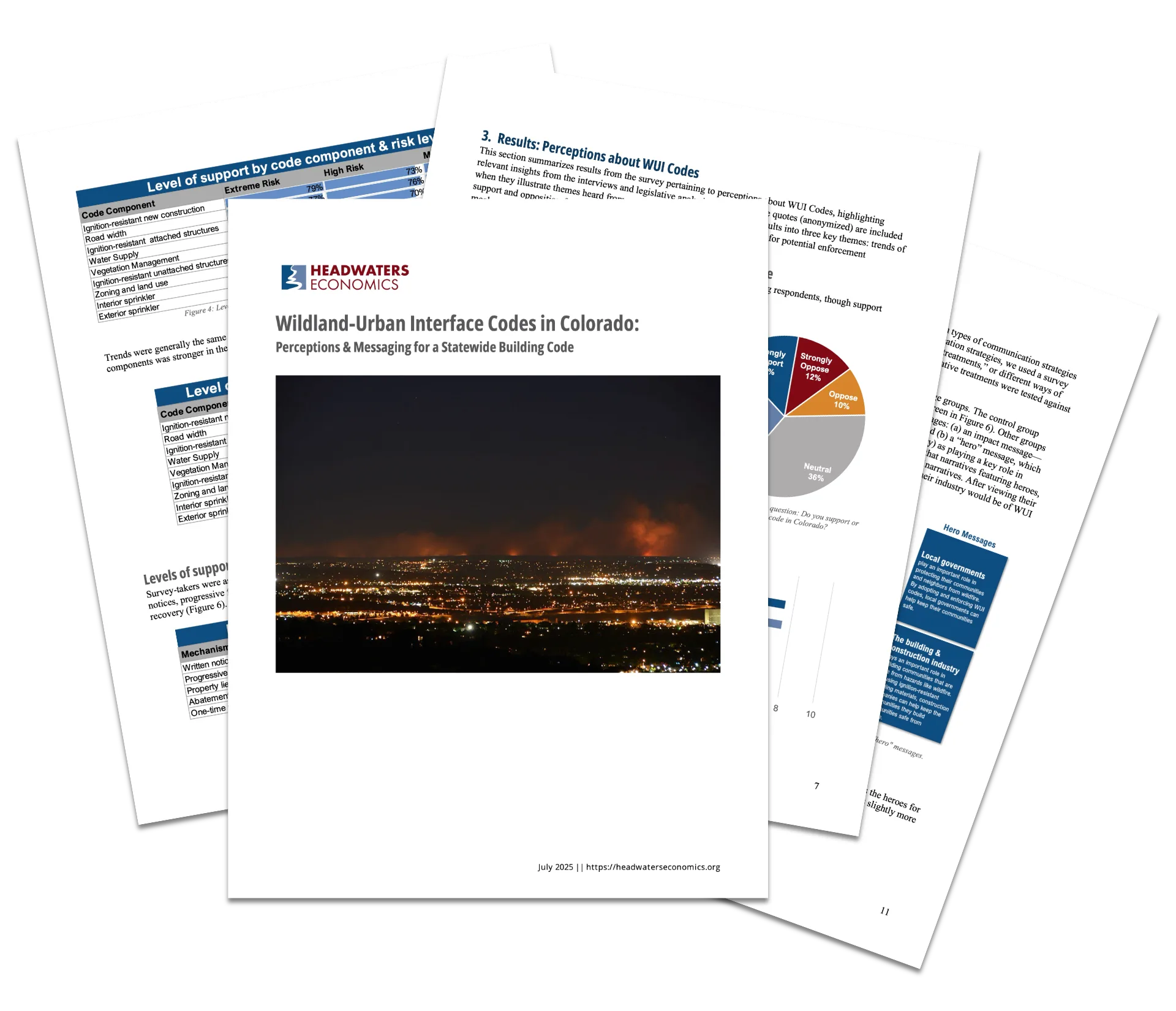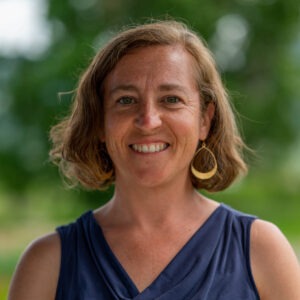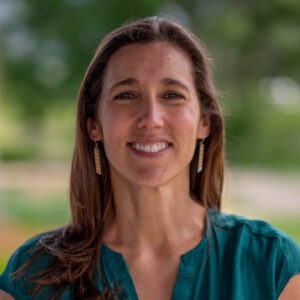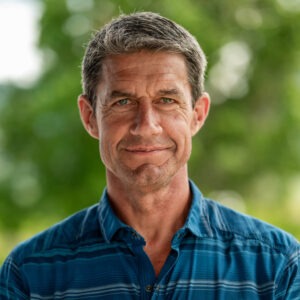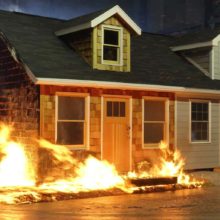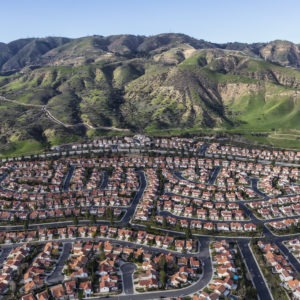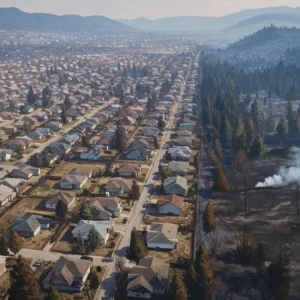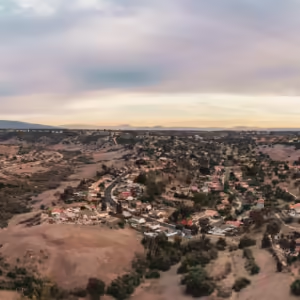Building codes are one of the most effective tools to reduce wildfire risk. Homes built to wildfire-resistant standards are far more likely to survive a fire—by as much as 40 to 60%. These codes are also economically advantageous: research shows that while homes built to code may cost slightly more than traditional construction, they can prevent catastrophic future losses.
Despite the safety and economic benefits, wildfire code adoption has faced resistance in some places because of concerns about upfront costs, where and how codes will be enforced, and potential conflicts with local policies. However, on July 1, 2025, Colorado became one of only a handful of states in the country to adopt a statewide wildfire building code.
To gain support for the code, Colorado worked to build consensus and limit conflict—an approach that other states considering wildfire building code adoption can apply. This strategy was largely the responsibility of the Colorado Wildfire Resiliency Code Board, a group of fire chiefs, building professionals, and representatives from rural and urban local governments appointed by state legislators.
Colorado’s newly adopted wildfire building code requires that home construction in the wildland-urban interface (WUI) uses materials such as Class A roofing, ember-resistant vents, and tempered glass windows to resist wildfire and wind-blown embers. It also provides guidelines for maintaining landscaping around homes. The requirements can be achieved without significantly increasing construction costs.
Survey data and interviews shed light on support and concerns
To inform Colorado’s code development process, Headwaters Economics partnered with the University of Colorado Denver’s Center for Community Safety and Resilience to assess what the barriers to statewide adoption might be and how policy design and communications strategies could help overcome them. Updates and the results were shared with the code board during their regular meetings.
The research analyzed views expressed by 86 individuals representing stakeholders from construction, real estate, utilities, local government, and fire services. The findings indicated support for wildfire risk reduction in communities along with several key concerns about the potential code implementation. The analysis helped support Colorado’s evidence-based approach and offers insights for other states considering the adoption of a wildfire building code.
Key takeaways for policymakers
Fire and local government professionals were among those most supportive of a statewide WUI Code
Among survey respondents, 42% supported a statewide WUI code compared to just 22% opposed. Fire professionals and local government staff were the strongest supporters, citing the need for consistent, cross-jurisdictional actions, including statewide wildfire code adoption.
The support signaled readiness within public agencies to encourage statewide standards that better protect communities—particularly in places where a lack of capacity or political will have limited the adoption of local building codes.
“We have an opportunity to put our state on the right path to addressing this challenge.”
-Fire professional
Private sector opinions were split, but tailored messaging helped build support
Opinions about a statewide WUI code in the building, construction, and real estate sectors were divided. Concerns included potential cost increases, uncertainty about how a code might affect existing regulations, and skepticism about enforcement.
Survey testing, however, found that carefully tailoring messages to reflect each audience’s values, responsibilities, and motivations could help build support. For instance, support increased when builders were described as problem solvers who step up to protect people and communities by implementing fire-safe construction practices. Messaging about fiscal responsibility and insurance implications were also persuasive.
“I’ve listened to builders like myself and realtors who complain that our business would be destroyed [following adoption of a code]. It never was.”
-Construction professional
Core code components, including construction standards and road widths, were generally supported
While support for a WUI code varied, respondents overwhelmingly favored many of its proposed components. Across professional sectors, participants supported requirements for ignition-resistant construction, defensible space, and road design that improves emergency access.
The most contentious elements were sprinkler mandates—especially interior sprinklers—and zoning restrictions, which were viewed as costly or invasive by some. Similar to Colorado, other states can focus on broadly supported provisions first and clarify the cost-benefit trade-offs for more controversial elements.
Uncertainty about code impacts and local autonomy were key concerns
Many respondents were less concerned about the content of the code than they were about unintended consequences that could arise. For example, local government representatives were worried a statewide code could override local wildfire mitigation plans or impose unfunded mandates.
“We’re concerned that communities who have already invested in establishing codes and policies… will be forced to change their programs.” –Local government official
This research was conducted before wildfire risk maps were proposed for Colorado. However, in other states, mapping risk across different communities has been a flashpoint for public concern and resistance, particularly when residents were caught off guard by new regulatory designations or worried about the potential impacts to homeowner insurance rates and availability. Transparency and public engagement are important in map development.
Subscribe to our newsletter!
Lessons for other states
As wildfires increasingly threaten communities across the country, this research—along with Colorado’s strategic approach—offers insights and practices that other states hoping to reduce risks through wildfire resistant building codes can apply. Key lessons include:
- Stakeholder engagement is essential. Early and repeated communication with local governments, builders, and fire professionals helps build legitimacy, integrate diverse perspectives, head-off conflicts, and generate buy-in for WUI codes.
- Messaging must resonate. Facts alone may not be persuasive. Highlighting shared values—like protecting communities, saving taxpayer dollars, and improving insurability—can make the case more effectively. Starting with the components of a WUI code that have less opposition may make adoption of regulations more feasible.
- Statewide consistency matters. Wildfire doesn’t stop at jurisdictional lines. A statewide baseline can close gaps in safety and provide clear expectations for developers, insurers, and homeowners. It can also help jurisdictions overcome capacity limitations that frequently interfere with code adoption.
Ultimately, a wildfire code is not just a technical document—it’s a policy statement that acknowledges the growing threat of wildfire and aims to protect a community from future disasters. Colorado’s success shows that evidence, diverse perspectives, and clear communication can help states and communities successfully adopt building codes that lead to a safer, more fire-resilient future.
Data Sources & Methods
For complete details, see the full report.
The research used a mixed-methods approach to assess stakeholder perspectives on Colorado’s proposed wildfire-resistant building code. First, the team analyzed legislative records and testimony related to SB23-166, thematically coding input from 38 individuals representing 36 organizations. This included supporters, opponents, and those who suggested amendments. Next, the team conducted interviews with six key stakeholders involved in the legislative process to explore areas of opposition and identify messaging or policy adjustments that could broaden support. Insights from these interviews informed the design of a statewide online survey, distributed to 218 targeted stakeholders across several professional sectors, including building and construction, real estate, utilities, local government, and fire professionals. The survey, which received 42 responses (19.3% response rate), was analyzed using descriptive and inferential statistics to understand patterns across sectors.
Acknowledgments
This research was conducted in partnership with Dr. Deserai Anderson Crow, Nathan Jeschke, and Betsy Smith of the Center for Community Safety and Resilience, School of Public Affairs, University of Colorado Denver.
This work was produced by Headwaters Economics with generous support from the USDA Forest Service and private foundations. This institution is an equal opportunity provider.
